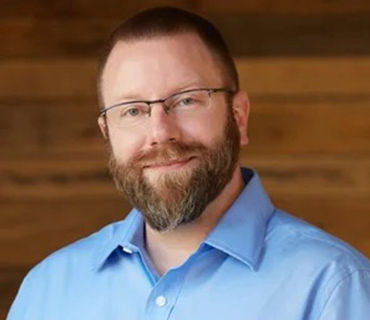Setting the Stage
Whenever I’m invited onsite for a process review or a new project startup, the first thing I do, before I even book my flight, is create an agenda.
I’m a checklist person by nature. Having a defined list of objectives helps me measure two things:
- 1. Success: Did we accomplish what we set out to do?
- 2. ROI: Did my time onsite deliver measurable value by helping the customer save more through process improvements than what it cost to bring me there?



